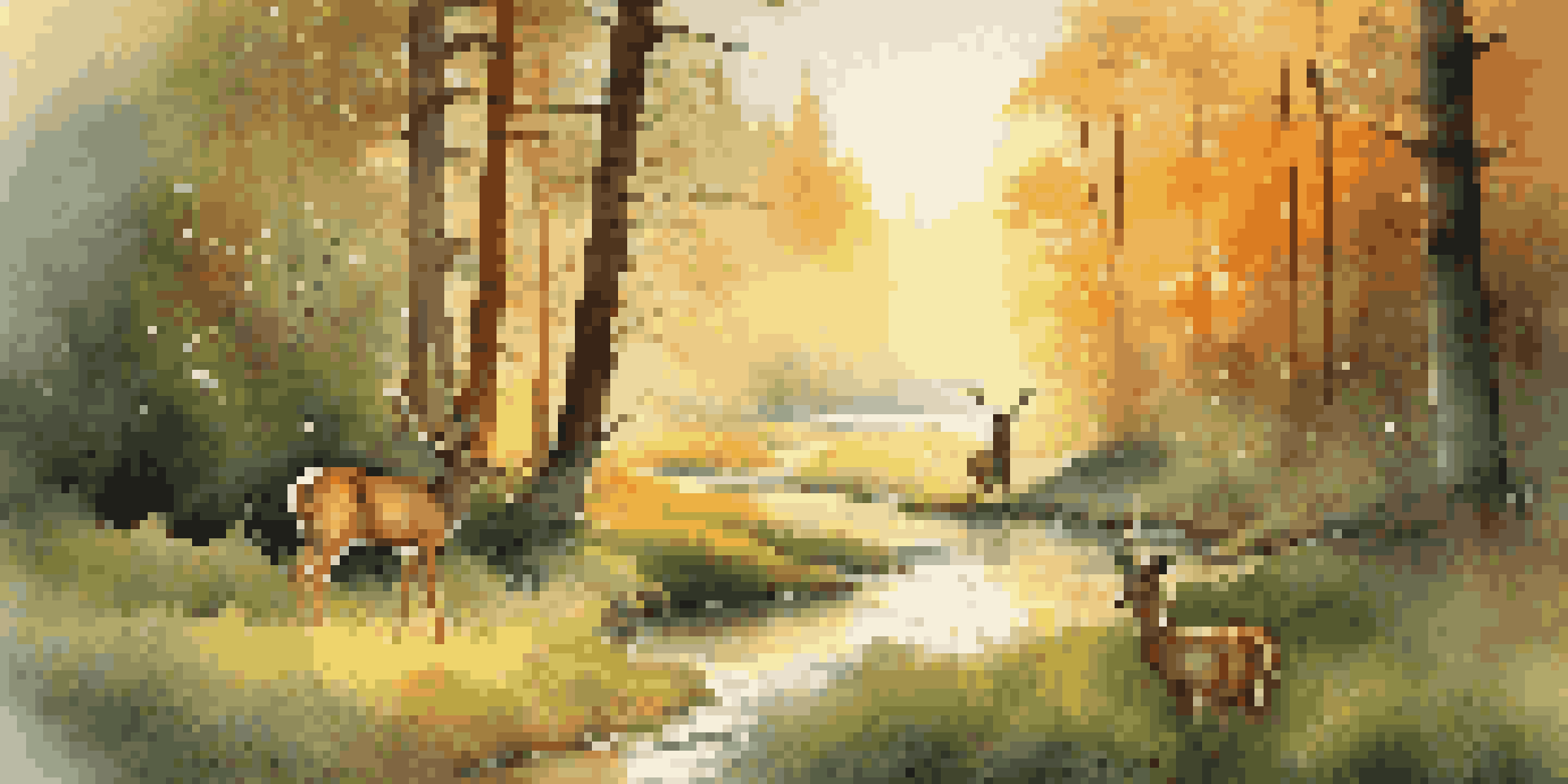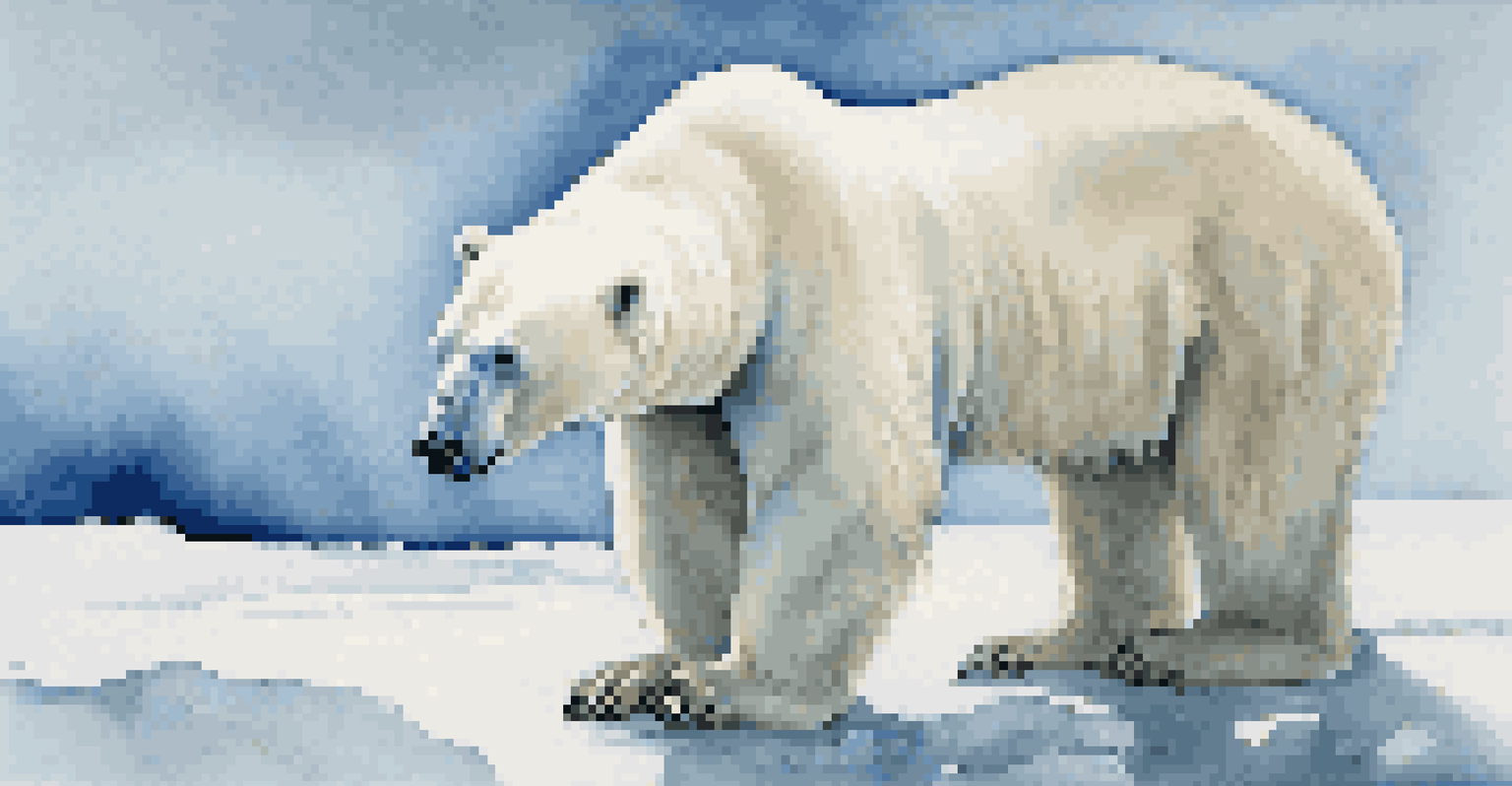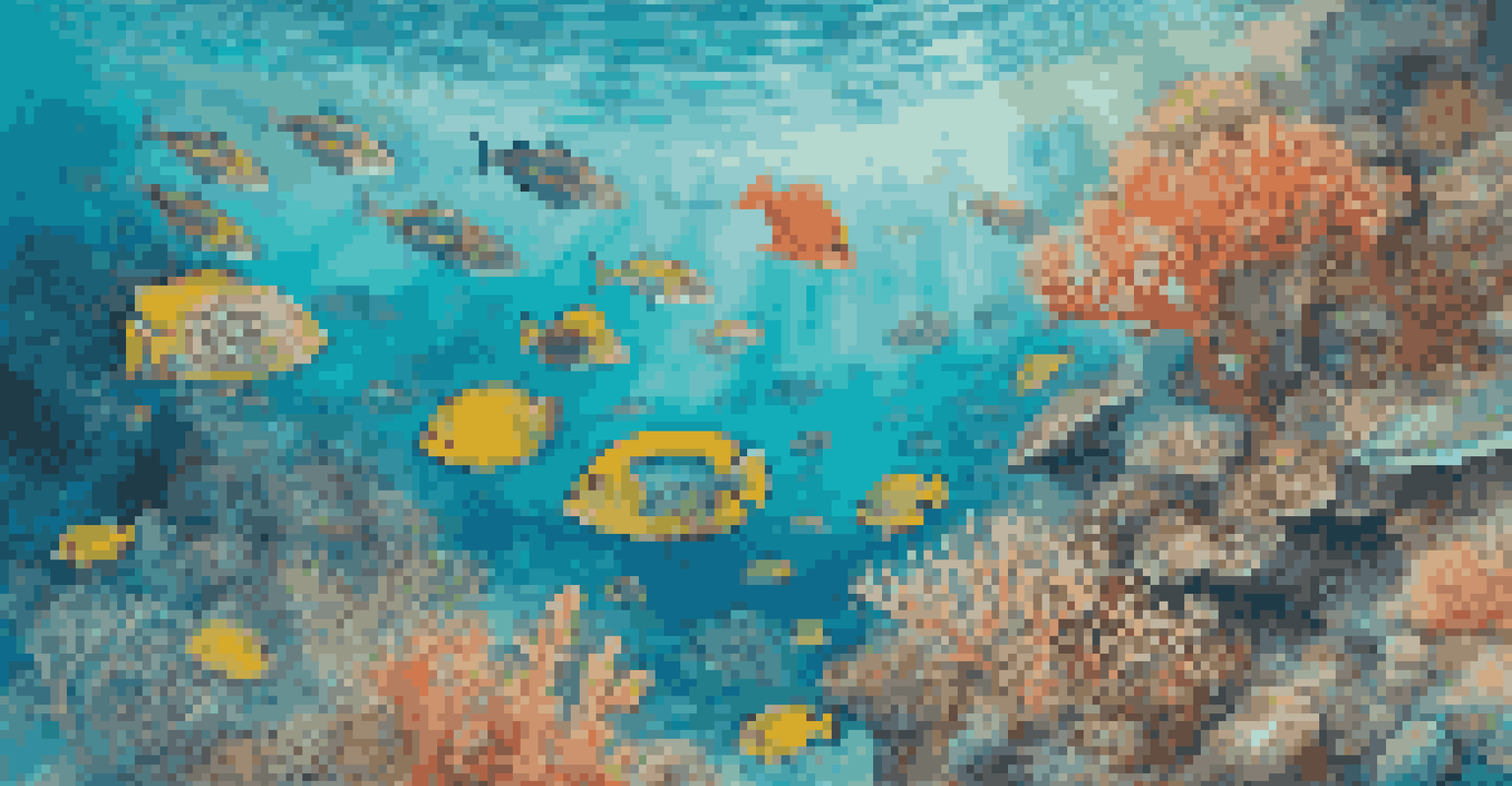Conservation Photography: Capturing Nature's Beauty

Understanding Conservation Photography and Its Purpose
Conservation photography is more than just taking pretty pictures of nature; it's a powerful tool for environmental advocacy. By capturing stunning images of wildlife and landscapes, photographers aim to raise awareness about conservation issues. This genre of photography seeks to tell stories that inspire action, urging viewers to appreciate and protect our natural world.
Photography is the story I fail to put into words.
At its core, conservation photography combines artistry with activism. Photographers often immerse themselves in various ecosystems, documenting the beauty and fragility of nature. These compelling visuals can evoke strong emotions, leading to a greater understanding of the challenges facing our planet.
As more people become aware of environmental issues through these captivating images, the hope is that it will motivate them to make positive changes. Whether it's reducing plastic use or supporting local conservation initiatives, the impact of powerful photography can be profound.
The Role of Storytelling in Conservation Photography
Storytelling is a key element in conservation photography, as it helps connect viewers with the subject. Each photograph has the potential to convey a narrative about the environment, the species within it, and the threats they face. By sharing these stories, photographers can create an emotional bond between the audience and the natural world.

Consider a photograph of a polar bear struggling on a shrinking ice cap. This image doesn't just show a bear; it tells the story of climate change and its real-life effects on wildlife. Such narratives compel viewers to reflect on their role in the ecosystem and the urgency of conservation efforts.
Conservation Photography as Advocacy
This genre combines artistry and activism to raise awareness about environmental issues through stunning visuals.
Effective storytelling in photography can also highlight the success of conservation projects. When viewers see the positive outcomes of their support, it fosters hope and encourages continued involvement in environmental causes.
Techniques Used in Conservation Photography
Conservation photographers employ various techniques to create impactful images. From using natural light to employing specific camera settings, each choice enhances the story they want to tell. For instance, capturing a golden sunrise over a forest can evoke feelings of serenity, while a close-up of a vulnerable species can highlight its plight.
The camera is an instrument that teaches people how to see without a camera.
In addition to technical skills, patience and preparation are essential. Wildlife doesn’t always cooperate, so photographers often spend hours or even days waiting for the perfect moment. This dedication not only results in stunning images but also deepens the photographer's connection to the environment.
Moreover, post-processing techniques can enhance the final image while remaining true to its essence. By subtly adjusting the colors or contrast, photographers can enhance the beauty of a scene without misleading the viewer about the reality of the situation.
The Impact of Social Media on Conservation Photography
In today's digital age, social media has transformed how conservation photography is shared and viewed. Platforms like Instagram and Facebook allow photographers to reach a global audience instantly, spreading awareness about environmental issues far beyond their local communities. This accessibility can amplify the message of conservation efforts.
Social media also encourages engagement; viewers can comment, share, and discuss photos, creating a community of advocates for nature. This interaction strengthens the bond between the audience and the natural world, fostering a sense of responsibility towards conservation.
Storytelling Connects Audiences
Effective storytelling in conservation photography creates emotional bonds between viewers and the natural world.
However, it’s essential for photographers to be mindful of how they present their work online. Authenticity is crucial; images should not be manipulated to the point where they misrepresent the reality of environmental issues. Responsible sharing can help maintain the integrity of conservation photography.
Challenges Faced by Conservation Photographers
Conservation photographers often encounter several challenges in their pursuit of impactful imagery. One of the primary obstacles is funding; many rely on grants or donations to support their projects. This financial uncertainty can limit the scope of their work and the issues they can address.
Additionally, access to certain locations can be a challenge, especially in remote or protected areas. Photographers must navigate regulations and permissions, which can be time-consuming and frustrating. These barriers can hinder their ability to document critical environmental issues.
Despite these challenges, many conservation photographers remain resilient and resourceful. They find ways to adapt and continue their work, driven by their passion for nature and the desire to make a difference.
How to Get Involved in Conservation Photography
If you’re passionate about nature and photography, getting involved in conservation photography can be a fulfilling endeavor. Start by honing your photography skills; practice capturing landscapes, wildlife, and natural details to develop your unique style. The more you practice, the better equipped you'll be to tell powerful stories through your images.
Next, consider volunteering with local conservation organizations. Many groups welcome photographers to help document their projects or events, providing an opportunity to gain experience and contribute to meaningful causes. This hands-on involvement can deepen your understanding of environmental issues and inspire your photography.
Social Media Amplifies Impact
Platforms like Instagram allow conservation photographers to reach a global audience, fostering community engagement and responsibility.
Lastly, share your work on social media and engage with other conservation photographers. Building a community can provide support and inspiration while amplifying the message of conservation. Your images have the power to raise awareness, so don’t hesitate to use your camera for a cause!
The Future of Conservation Photography
As we move into the future, the role of conservation photography is likely to evolve alongside technology and environmental challenges. With advancements in camera equipment and editing software, photographers can capture and present nature in ways previously unimaginable. This evolution can lead to even more compelling storytelling and heightened awareness.
Moreover, as climate change and biodiversity loss continue to threaten ecosystems, the need for impactful conservation photography will grow. Photographers will play an increasingly vital role in documenting these changes and advocating for solutions. Their work can inspire not only individuals but also policymakers to take action.

Ultimately, the future of conservation photography lies in its ability to connect people with nature. By fostering appreciation and understanding, these photographers can help cultivate a culture of conservation that benefits both wildlife and humanity.